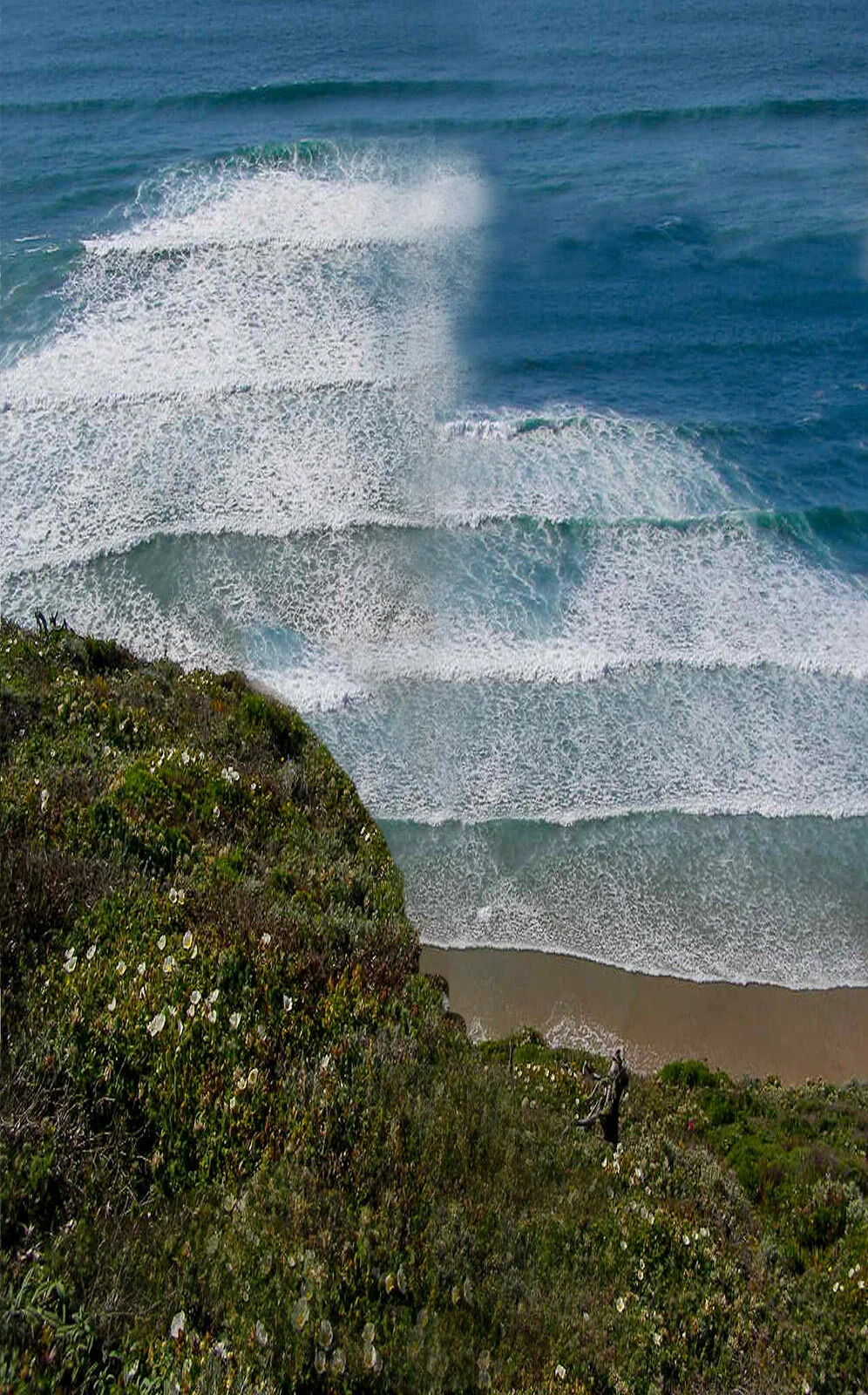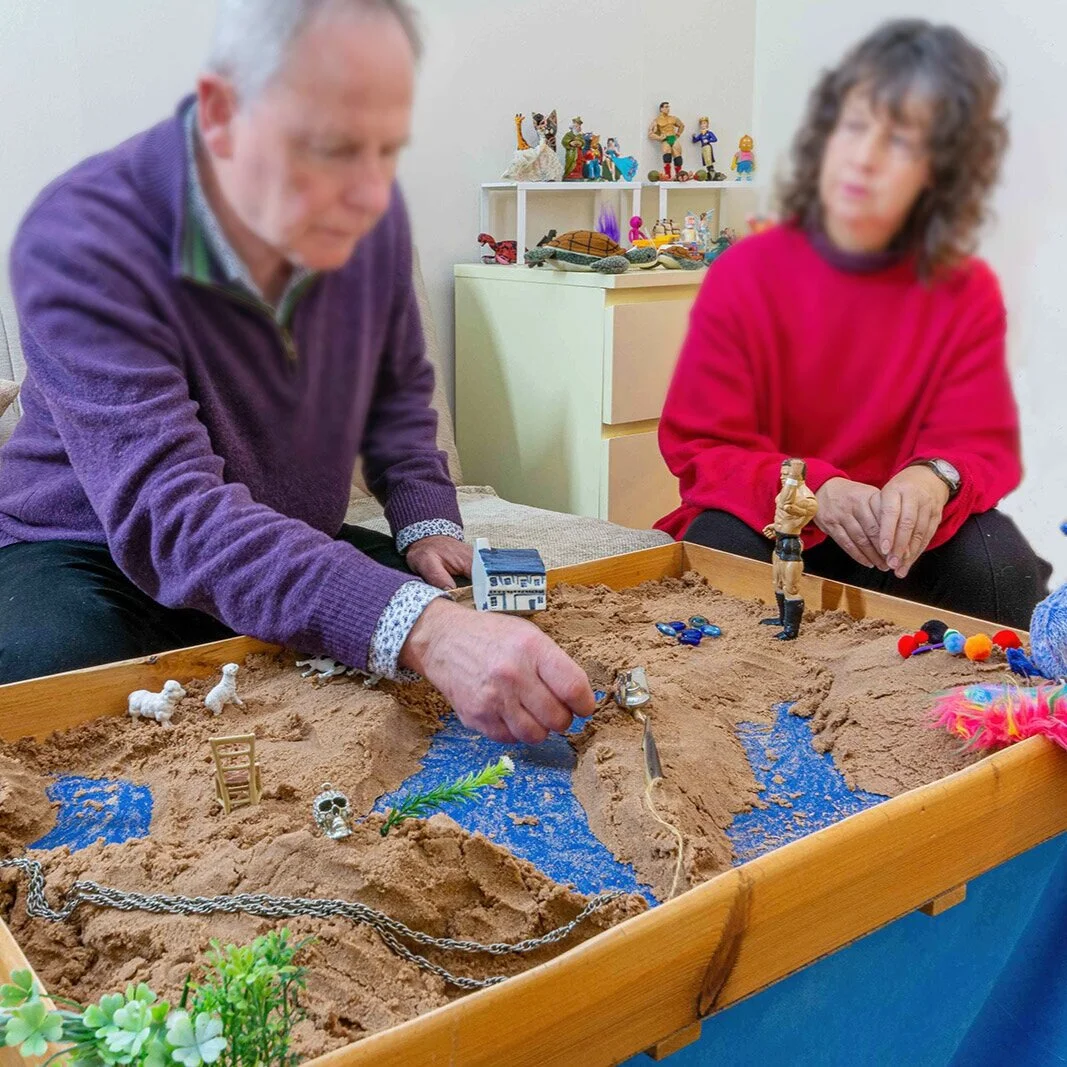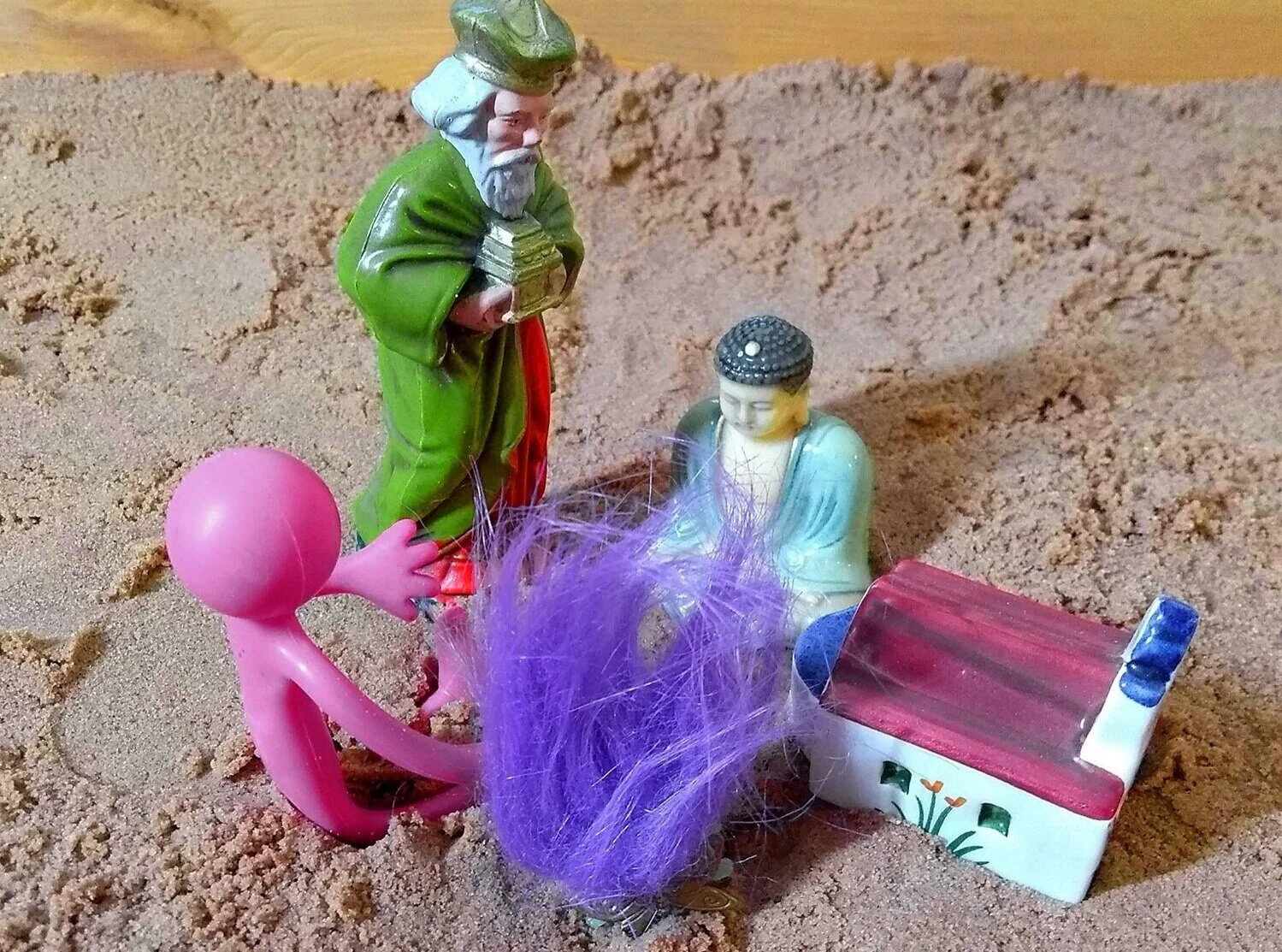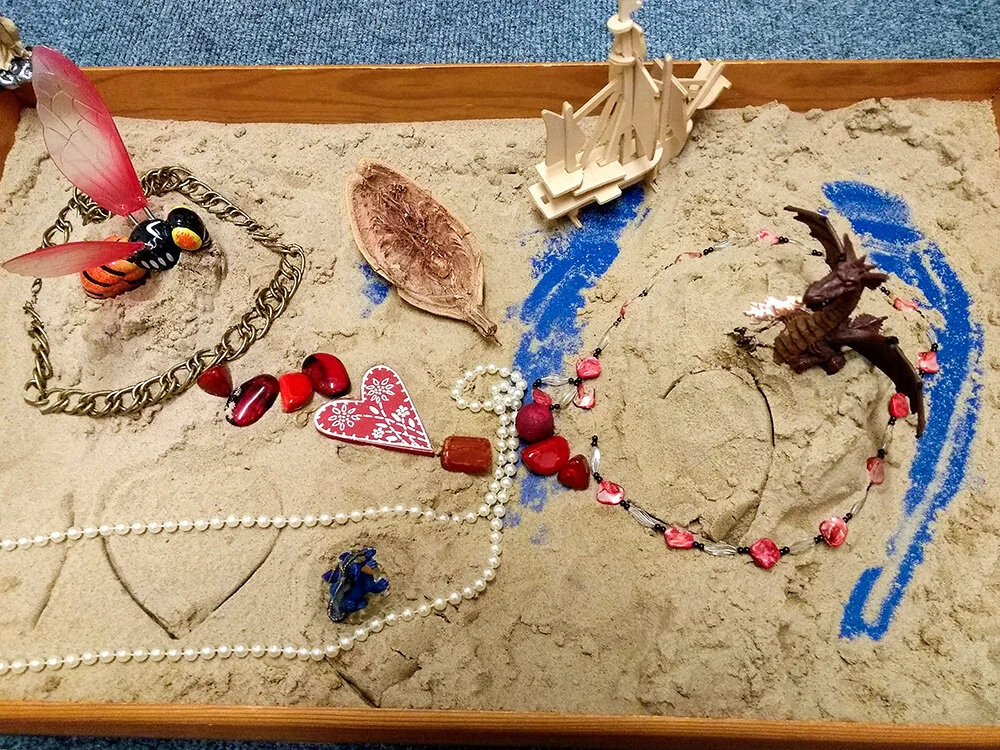
Therapies
Getting started
The descriptions below tell you more about how we might work together.
First and foremost though, is the trust between us. This is why I am offering a free exploratory session. We can talk and you can go away and decide if we’re going to be a good fit.
Therapeutic coaching
Coaching is often future and solution focused. In therapeutic coaching, this may still be the case, but for some people, their story needs to be heard and the past needs digesting before moving onwards.
Using therapeutic coaching, all of this is possible. Informed by psychotherapy, I use the best of traditional talk approaches to look at how your past might be affecting you in the present. You will be encouraged and listened to. We can then formulate a plan for you, set objectives agreed by you, and review regularly to ensure you’re on the right path. Cutting-edge approaches and self-help tools - mindfulness, NLP, energy psychology, body-based approaches - can be added in.
Sometimes, people discover that their unconscious mind is actually running the show: for example, when you really want to break a habit, but when it comes to it, you self-sabotage. In this case, you might choose to move into deeper work, using EFT, clinical hypnosis, dreamwork, art and textiles, writing, or if you feel really creative, sandtray work.
My goal is that you become your own best therapist, and I make myself redundant (yes!).
Clinical hypnosis
Clinical hypnosis is a way of artificially accessing the brain’s REM - dreaming sleep - state, which is your natural learning and programming state. This is not the same as stage hypnosis, or scripted, authoritarian hypnosis which can be used to entertain or manipulate.
Hypnotic trance is really just a relaxed state which you might achieve when absorbed in a hobby, when jogging, meditating, falling asleep or awakening, or when your everyday thinking mind is quiet. In hypnosis, the resourceful, creative mind takes the lead, and it’s possible to have great ideas. In clinical hypnosis, we take those great ideas - your goals and desires, which come from you, not me – and feed them back to you as suggestions, once you’re in a relaxed, open state.
A skilled hypnotherapist will take time to listen to you carefully, get clear about what you want to achieve, and understand what drives you and holds you back. I craft your hypnotherapy specifically for you.
All hypnosis is really self-hypnosis: you won’t go into trance unless you want to, and you can’t be made to do anything you don’t want to do. Once you know how to access that state with ease, you can use self-hypnosis at home, should you wish, to continue with your own programme of change.
Emotional Freedom Technique (Tapping)
Emotional Freedom Technique is energy psychology which uses tapping on selected acupuncture points while we connect with what’s bothering you. You could say EFT is like acupuncture for emotions and behaviours, but no needles are used. It is particularly effective when used with anxiety, PTSD and C-PTSD, trauma and past memories which are still affecting physical and mental health. It also has a reputation for supporting the healing of physical issues. With tapping, it’s possible to let go of issues and phobias you have been trapped by for years.
The BBC news item opposite with Professor Tony Stewart provides a good introduction (2 mins).
In a separate 4 minute film, David Feinstein Ph.D and colleagues discuss the Science of Tapping (ScienceofTapping).
Sandtray
‘All of nature is but a magic theatre’ (Upanishads)
Sandtray can be a deep form of therapy. It’s used with both adults and children, and can be used in parallel with talk therapy.
We work in a relaxed, playful way in a tray of sand, with or without water. You choose miniature figures and natural objects displayed in the room, which are then placed and moved around in the sand as you work with your issue.
This is a creative way of working with the wise unconscious mind. In some ways similar to hypnotherapy and EFT, the process is quite different. Sandtray offers the possibility that the unconscious mind can be harnessed to heal body, mind and spirit. Similar to EFT, nerve endings in the fingertips are stimulated, this time through contact with the sand rather than tapping on the body. Connections are made between the body, the emotional brain and the rational brain and for this reason, there’s a drive towards wholeness and well-being.
Sandtray can be used for working with traumatic experiences, resolving stuck feelings, discovering life purpose, working with the inner child, identifying the core mission of a business venture, creative projects such as designing a logo or breaking through writer’s block, and exploring spirituality. As with EFT, we don’t even need to work with you telling me what the issue is about. Sandtray is a great way for understanding your world, for looking at a repeating issue, at a dream, or just allowing your experience to manifest. It can make the invisible visible. Like other art forms, it can hold abstractions, because you’re not limited by words and concepts.





